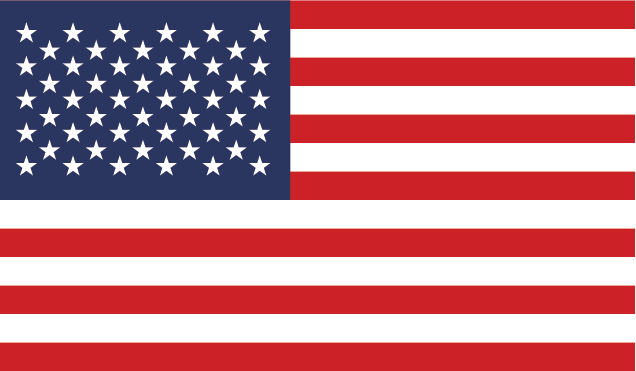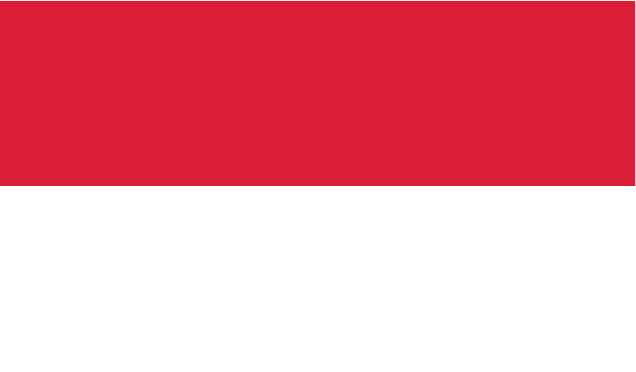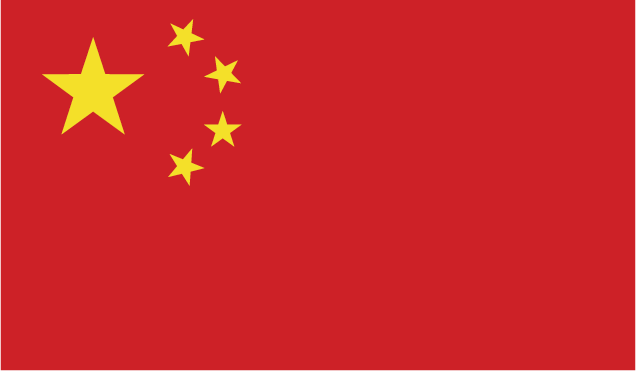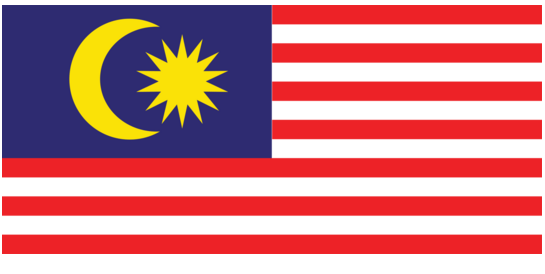
Top Trends in Southeast Asia’s Baby Product Market
Understanding Southeast Asia's Emerging Trends in the Mother and Baby Product Market
In recent years, Southeast Asia has become a burgeoning market for mother and baby products. This growth is driven by various socio-economic changes and evolving consumer preferences. As we look towards 2025, several key trends are shaping this market landscape, transforming it in unprecedented ways.
The Rise of Premium and Organic Baby Products
Economic development across Southeast Asian countries has resulted in higher disposable incomes, which in turn is affecting consumer purchasing behavior, especially concerning baby products. Parents are increasingly opting for premium and organic baby products, prioritizing their children's health and well-being. In Singapore, for instance, there's a noticeable shift towards organic baby food and toxin-free baby skincare products, indicative of rising consumer awareness and preference for healthier options.
This trend is mirrored in other countries across the region, where brands that offer certified organic and premium products are experiencing a surge in sales. Companies such as Similac and Pediasure enjoy considerable popularity due to their reputation for quality and safety, as parents are willing to invest more for premium options that promise better nutritional content and safety for their children.
Explosive Growth of E-commerce and Online Shopping
With the internet becoming increasingly accessible and digital literacy improving, e-commerce is thriving in Southeast Asia. Countries like the Philippines and Thailand have seen remarkable growth in online shopping for mother and baby products on platforms like Lazada and Shopee. The convenience of online shopping combined with competitive pricing and diverse product availability encourages more parents to shop online.
TikTok Shop, a growing phenomenon, is also becoming a hub for marketing and selling mother and baby products. Influencers and digital content creators assist in driving consumer interest and trust through product reviews and how-to guides.
Boost in Baby Healthcare and Hygiene Products
Healthcare and hygiene products for babies represent one of the fastest-growing segments within the mother and baby market. In Indonesia, for example, the category saw a year-on-year sales increase of over 105 times in recent months. Similarly, maternal care products showed impressive growth, reflecting a heightened awareness and demand for comprehensive health and hygiene solutions for both mothers and babies.
Innovations in product formulations and healthcare technology, such as hypoallergenic baby wipes and eco-friendly diapers, are among the factors fueling this trend. Companies that invest in R&D to improve product efficacy and safety are likely to maintain an edge in this competitive market.
Consistent Popularity of Specific Product Categories
Certain categories within the mother and baby segment remain consistently popular across Southeast Asia. Baby clothing and accessories continue to be high-demand items in Indonesia, Malaysia, and Singapore, owing to their necessity and the rising trend of fashion-forward baby attire.
Another perennial bestseller is baby formula and infant food, particularly in urban centers where parents prioritize nutritional content and convenience. High-quality imported products, often perceived to be safer and more nutritious, dominate this category. Additionally, baby toilet training products have become a mainstream success, reflecting a stable demand across different countries.
Heightened Awareness of Safety and Health
Increasing awareness and education about health and safety are influencing consumer decisions in Southeast Asia. In the Philippines, for instance, there is a growing demand for baby safety products and health-centric infant care solutions. Products like high-grade medical breast pumps from brands like Spectra stand out due to their emphasis on delivering safety and efficiency, thus catering to discerning parents.
Consumers are also more vigilant about certifications and safety standards, pushing brands to ensure compliance with international safety norms and transparency in sourcing and manufacturing processes. Parents are more informed and seek reassurance through product labels and marketing messages that emphasize health and safety credentials.
Conclusion
As Southeast Asia marches towards 2025, these emerging trends indicate a fundamental shift in how mother and baby products are perceived and consumed. Companies willing to adapt to these dynamics, emphasizing quality, safety, and convenience while leveraging digital platforms, will likely achieve success in this rapidly evolving market. The ongoing socio-economic changes and increasing digital connectivity will continue to shape consumer trends, offering exciting opportunities for brands to innovate and meet the diverse needs of modern consumers in the mother and baby category.
co-Founder of Pongo
 English
English 



